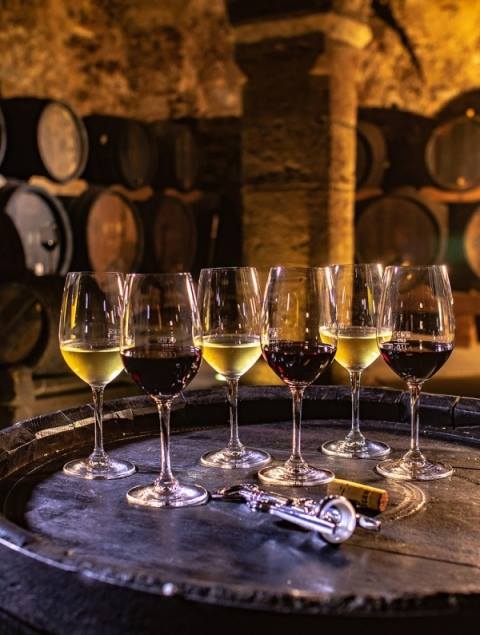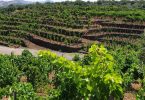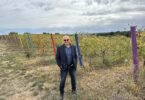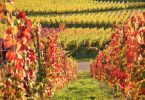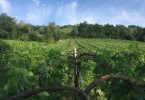The Wolf Post, supported by a Cultural Association, offers a professional service with free access, without subscription.
For this reason, a donation would also be a sign of appreciation for our work.
The Museo Provinciale del Vino, Weinmuseum, is a small jewel full of important testimonies. Located in Caldaro, a town with a high wine vocation, 15 km from Bolzano (Northern Italy), the museum tells a centuries-old story through the tools used in the past for the care of the vineyard.
Not only objects, the exhibition also offers a visit to the vineyard of the property where ancient vines grow (today, no longer cultivated) including the “Bozner Seidentraube” grape varieties; white strawberry grapes, “Blatterle” and “Gschlafene”.
A visit recommended for enthusiasts and those who want to know Italy, through a millenary culture, which is the wine culture.
Let’s find out more about the activity of the Weinmuseum, through the words of Regina Mayr.
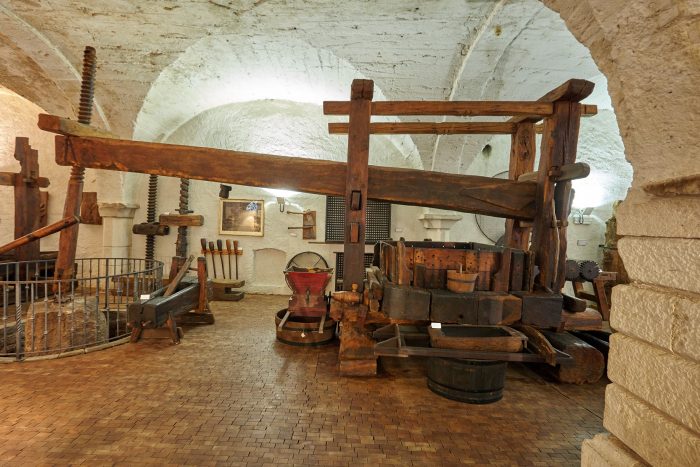
©Weinmuseum
The decision to place the Wine Museum in Caldaro is not accidental. Can you tell us when the museum was born and how it expresses the wine culture of the area?
The museum was founded in 1955 and was the first wine museum south of the Alps. Located for thirty years in Castel Ringberg, above Lake Caldaro, in 1986 it was moved to this old winery in the center of the village. In Caldaro, the museum is located in the heart of the South Tyrolean wine-growing area. The museum represents the wine culture above all from the historical point of view: First of all, it is shown how once the work in the vineyard and the vinification in the cellar took place. But the museum would like more: It would like to demonstrate how viticulture has influenced the culture of the region. Next to the museum there is a vineyard with ancient vines grown on traditional pergola systems. Furthermore, the museum testifies to the role of wine in the Catholic Christian religion, predominant in the area.
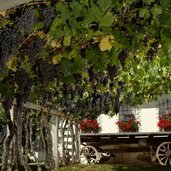
©Weinmuseum
Which important objects are present and which of them are most representative of the local wine culture?
Some objects are already impressive for their size, such as large wine presses, vats and barrels. Then, there are objects that attract interest for their particular appearance, for example those connected to the figure of the “Saltner”, the guardavigneti (vineyard guard), who in the course of the twentieth century, especially in the Merano area, replaced his work clothing, up to then rather simple, with a much more flashy dress. The headdress decorated with feathers and fox tails is important. Then there are other inconspicuous objects such as the roncolina, which, however, being a versatile tool used for many different jobs, has become a symbol of peasant winemakers.
All the objects collected and exhibited have a local reference, therefore, it is difficult to choose a single object representative of the winemaking tradition of the territory.
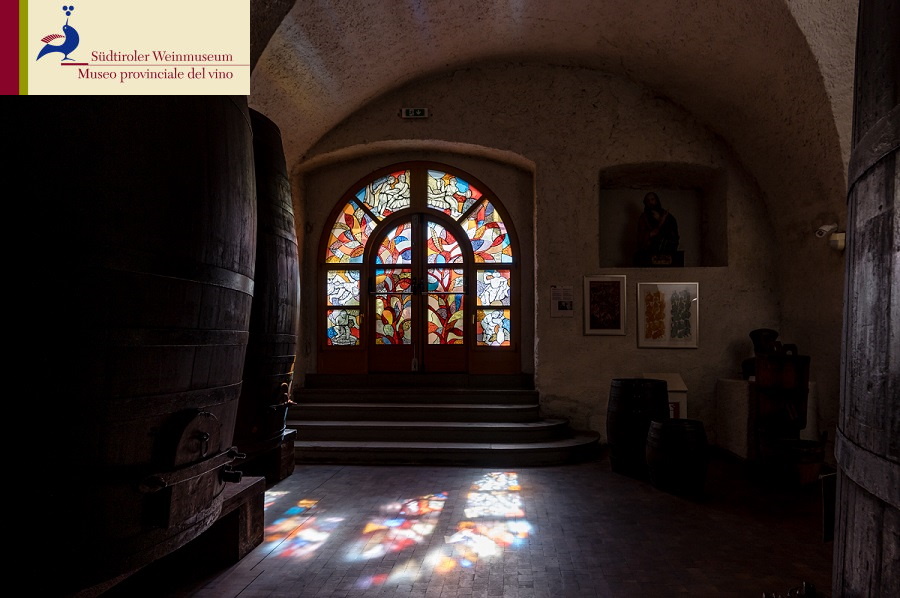
©Weinmuseum
There is the possibility to visit part of the museum also online. What can we see virtually?
A first impression of the museum is obtained by visiting our website (www.museo-del-vino.it) or by following us on Facebook. There, we present our work and give information on different events etc.
A virtual tour can enrich the visit of the museum, but we are convinced that it cannot replace the experience of visiting the exhibition live.
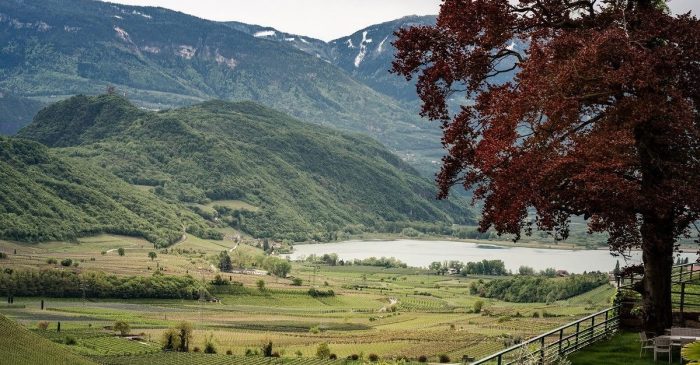
©Weinmuseum
How is the visit to the museum organized? Is the visit to the vineyard also included or are they two distinct routes?
The visit to the vineyard is included in the route through the museum and in autumn, when the grapes are ripe, visitors have the opportunity to taste them.
Which type of visitor prevails (in general, excluding the current period): school groups, local, national, international tourism… and which of them seem to be most interested in the visit?
The prevalent visitors can be divided into two categories: One category is that of tourists who spend their holidays in Caldaro and its surroundings, tourists who come for the most part from abroad, especially from Germany, Switzerland and Austria. The other category is that of wine lovers, they come, explicitly, to visit our museum, with the intention of wanting to make a “didactic” trip (in a group or individually).
In addition to these two categories, there is that of schoolchildren and students. Pupils from primary schools in Oltradige and Bassa Atesina and also students from technical-agricultural schools visit our museum to learn more about the cultural history of the area in which they live and study.
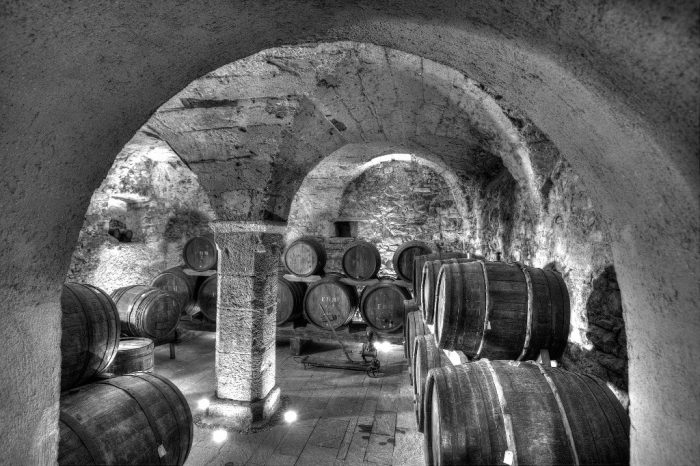
©Weinmuseum
Your museum is also engaged in research, or in the scientific study of the collection. Can you explain the importance of this commitment also for the purposes of the services offered to the visitor?
To better understand one’s collection, it is necessary to contextualize it in a historical-cultural context.
From December 2018 to December 2020 a research project was carried out around the figure of the “Saltner”, the vineyard guard, of which I have already referred. The results of this project will be published in a volume that we are preparing, enriching the educational program and the exhibition itself.
Making the results of such projects accessible to the public is one of the main and most important tasks of museums.
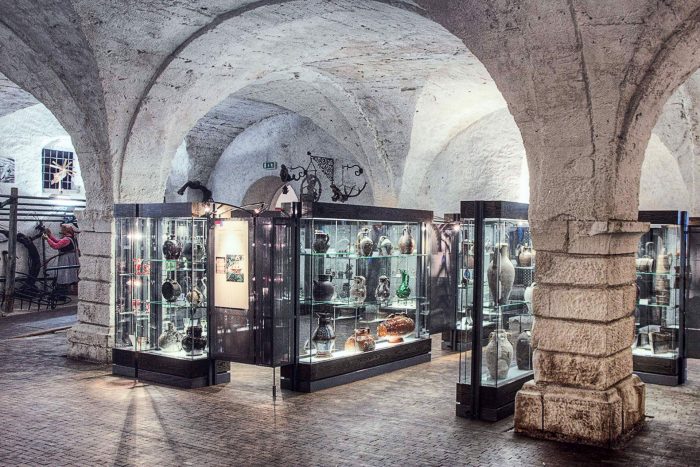
©Weinmuseum
How are visits organized during the summer period (days and times)?
We are open from 1 April to 11 November, from Tuesday to Saturday continuously from 10 to 17.


